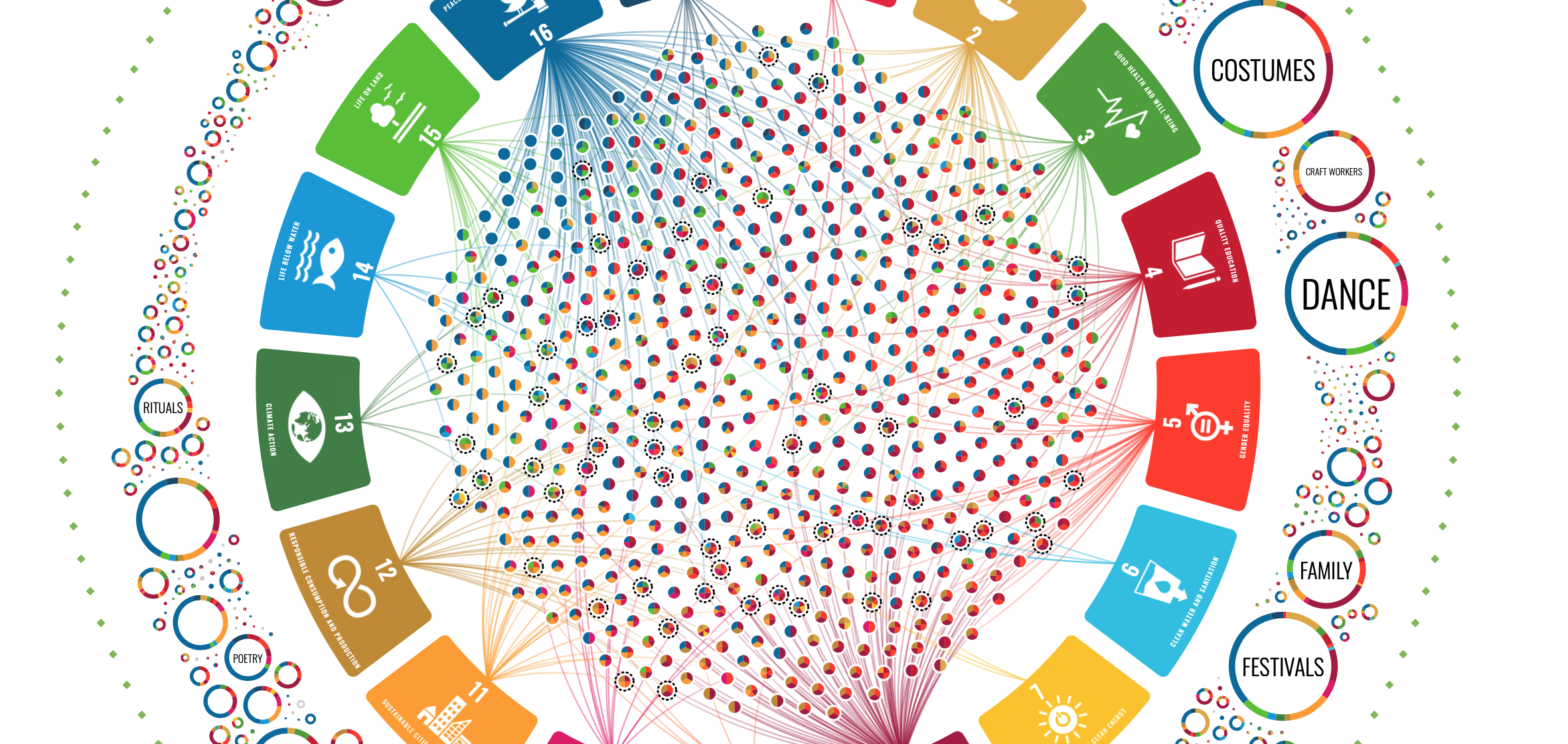Intangible Cultural Heritage (ICH) is, in brief, what happens when physical and intellectual wealth – think everything from concert halls, churches, to leisure centres, saunas and cinemas – combine and develop with the people and communities that use them. Defined by UNESCO as ‘a practice, representation, expression, knowledge, or skill, as well as the instruments, objects, artifacts, and cultural spaces’ ICH is all around us, if you just know where to look.
For example, people around the world have just celebrated Burns Night, an evening commemorating the birth of the famous Scottish bard Robert Burns. This annual celebration takes place on the 25th of January each year and brings together elements from a multitude of Scottish cultural traditions linked to food, poetry, music and dance. This combination culminates in one of the main events for most Burns nights, ‘Piping in of the Haggis’. This is characterised by everyone standing as the chef brings out the haggis, a bagpiper leading them, before someone recites ‘Address to a Haggis’ and it is the perfect example of ICH.
ICH is unique to different cultures (although the variations between some may be small) and are usually grounded in geographical location. However, in a world of mass migration throughout the ages and one that has been getting consistently smaller thanks to information sharing made possible by modern, digital technology, ICH can provide the tools to help protect minority cultures from the effects of globalisation in a digital age. 2003 saw the adoption of the UNESCO Convention for the Safeguarding of Intangible Cultural Heritage. Since then however we have seen the argument that ‘conservation’ rather than ‘preservation’ is key, thus recognising the importance of development and creativity in ICH.
Going back to bagpipes and Burns Night, we saw a development this very year… Bagpipes, for example, are a part of many ICH in Scotland, not only Burns night, but weddings, funerals and other celebration. Bagpipes are also found across northern and southern Europe and Scandinavia, however the ICH in these countries that involve the bagpipes will be different and unique to those in Scotland. In 2021 however, many Burns Night celebrations were held online due to the global Covid-19 pandemic, meaning that through digital technology and the internet, people from across the world experienced this ICH in the same way.
To help understand the complex nature of ICH and how they interweave built heritage with our geographical location and wider concepts that include everything from dance and music to slavery and socialism, UNESCO have designed a fascinating online visual map bringing together ICH and their Sustainable Development Goals. You can find it here UNESCO | Living heritage and nature

